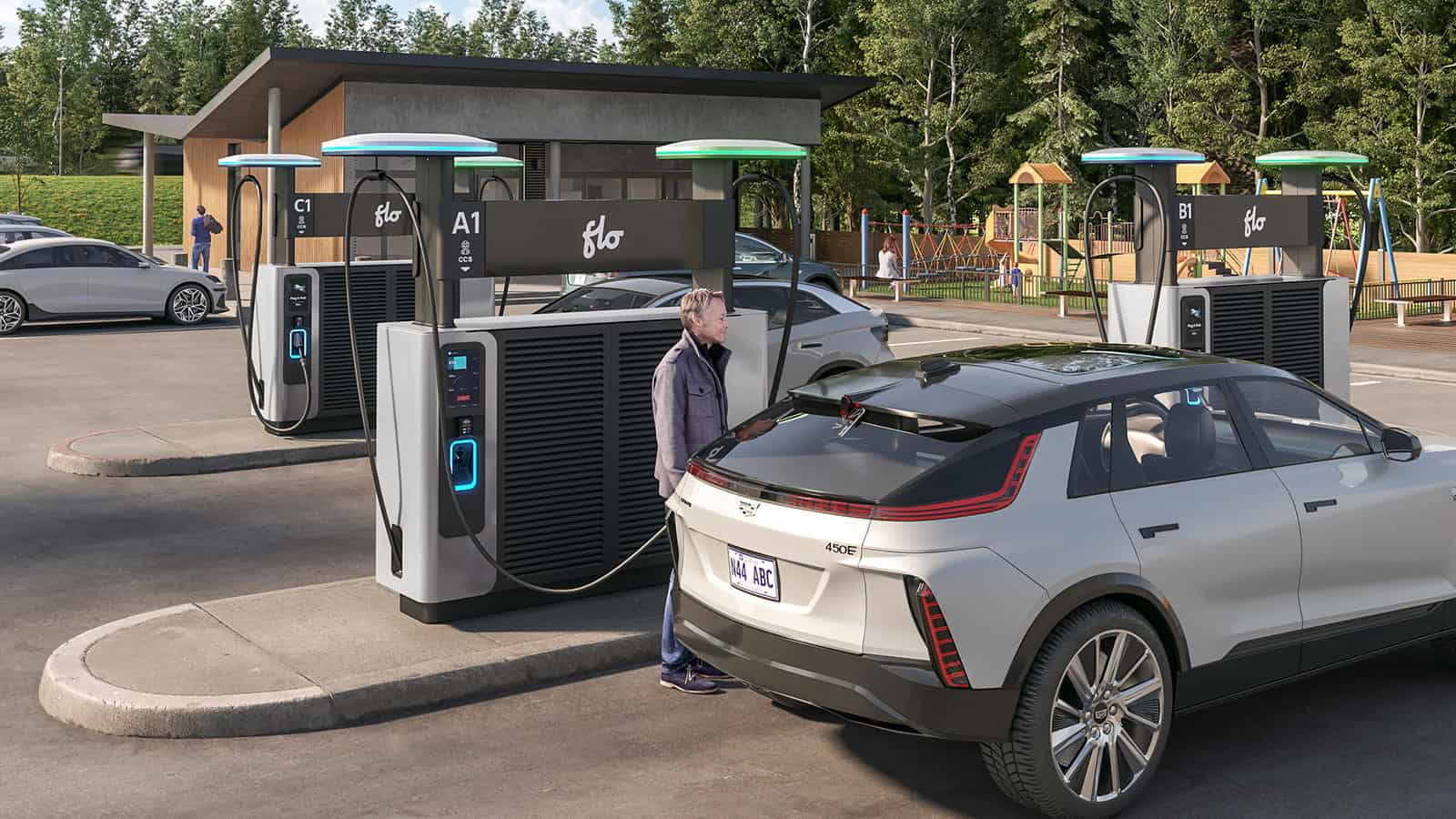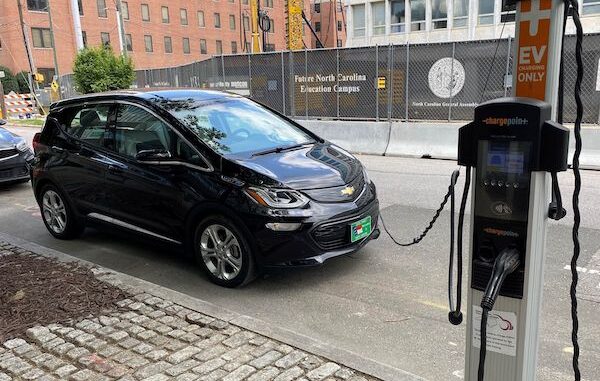How to Stay Updated on Industry Developments When You Buy EV Charging news
How to Stay Updated on Industry Developments When You Buy EV Charging news
Blog Article
Top EV Charging News: Trick Updates on Infrastructure and Innovation

Recent Advancements in Fast-Charging Modern Technology

Furthermore, developments in battery modern technology, consisting of improved thermal management systems and higher power thickness batteries, complement fast-charging abilities. These advancements mitigate the danger of battery degradation throughout quick charging, ensuring long life and performance for EV proprietors.
Additionally, the integration of smart charging services is boosting user experience, enabling real-time surveillance and vibrant pricing versions. EV Charging news. This adaptability enables chauffeurs to maximize charging costs and times based upon grid demand
As automakers remain to spend in fast-charging networks, the cooperation in between industry stakeholders is critical. Collaborations between billing terminal companies and vehicle manufacturers are leading the way for comprehensive coverage, inevitably fostering an extra durable EV environment. These innovations are pivotal in supporting the change to lasting transport.
Government Campaigns for Charging Growth
Government initiatives play a critical duty in the development of electric vehicle (EV) charging facilities, helping with the transition to lasting transport. Various federal and state programs are being executed to enhance charging availability, lower the monetary worry on customers, and promote the adoption of electrical cars.
Significantly, the U.S. government has alloted substantial financing with the Framework Financial Investment and Jobs Act, which earmarks $7.5 billion for EV billing network advancement across the country. This funding is intended at releasing countless brand-new charging terminals, especially in underserved areas, consequently addressing range anxiety among possible EV buyers.
Additionally, countless states are passing legislation to enhance the allowing procedure for billing station installments, which is important for speeding up implementation. Rewards such as tax credit ratings and refunds for both customers and services are likewise being presented to urge the installment of billing infrastructure.
Furthermore, public-private collaborations are progressively ending up being a focus, leveraging personal financial investment to enhance federal government funding. These campaigns highlight a collaborative method important for constructing a thorough and efficient EV charging network, eventually adding to a greener and even more sustainable future.
Innovative Battery Solutions Enhancing Efficiency
Changing the landscape of electrical vehicle (EV) innovation, ingenious battery options are considerably improving performance and performance. Breakthroughs in battery chemistry, especially with lithium-sulfur and solid-state batteries, are bring about boosted power thickness, which allows for longer ranges and faster billing times. These new battery types have the potential to outshine traditional lithium-ion batteries by providing greater abilities while decreasing weight, thereby improving overall car effectiveness.
Furthermore, growths in battery administration systems (BMS) are optimizing power use and extending battery life-span. Intelligent formulas keep track of battery health and performance, enabling real-time modifications to charging and releasing procedures. This not only enhances the performance of the battery but likewise makes sure a more lasting and trustworthy energy source for EVs.
Moreover, the integration of recycling technologies is attending to the ecological influence of battery production and disposal. Technologies in second-life applications for EV batteries are facilitating their use in energy storage space systems, adding to a round economic climate.
As these cutting-edge battery remedies continue to evolve, they guarantee to transform the EV market, making electric lorries much more appealing and obtainable to a more comprehensive audience while special info sustaining international sustainability objectives.

Collaboration Between Automakers and Charging Networks
Recognizing the essential demand for a robust charging framework, automakers are increasingly working together with billing network providers to enhance the EV ownership experience (EV Charging news). These partnerships aim to produce a seamless billing ecosystem that benefits customers and supports the shift to electric cars
Significant vehicle brand names are joining forces with well established charging networks to broaden their charging terminal protection, guaranteeing drivers have accessibility to reliable and hassle-free billing choices. As an example, partnerships with networks like ChargePoint and Electrify America allow automakers to integrate billing services directly right into their vehicles' navigation systems, leading users to the local terminals and providing real-time accessibility updates.
Moreover, these cooperations typically lead to the development of fast-charging modern technologies that dramatically minimize the time needed to charge an EV. By pooling resources and know-how, car manufacturers and billing networks can introduce quicker, creating solutions that meet the expanding demand for electric flexibility.
Additionally, joint efforts may likewise result in even more standard billing methods, which can alleviate consumer confusion and advertise broader EV fostering. In general, these tactical partnerships are critical in building a easy to use and effective charging facilities that meets the requirements of a broadening electrical car market.
Difficulties Encountering EV Charging Infrastructure
As the electric car market continues click for more to grow, several difficulties are surfacing that impede the development of a detailed billing infrastructure. Among the main obstacles is the insufficient variety of billing stations, particularly in country and underserved urban locations. This space develops variety anxiety among possible EV customers, hindering them from making the button.
Additionally, the absence of standardization in charging technology complicates the facilities landscape. Variations in plug types and billing rates can produce confusion for users and enhance operational complexities for billing network operators.
An additional pressing concern is the high price connected with the installment and upkeep of billing terminals, which can be an obstacle for both public entities and private organizations. Lastly, regulatory obstacles and zoning constraints can postpone the implementation of charging framework, hindering development in increasing important solutions. Addressing these obstacles will certainly be essential for cultivating a durable EV environment that supports the transition to sustainable transport.
Conclusion
In verdict, the recurring advancements in EV billing modern technology, sustained by considerable government campaigns and ingenious battery services, are crucial for the expansion and effectiveness of electric car facilities. Collaborations between car manufacturers and billing carriers better boost terminal protection, addressing the growing demand for accessible charging alternatives. In spite of challenges that continue within the EV billing landscape, these developments symbolize a favorable trajectory in the direction of a more efficient and lasting electrical vehicle ecosystem.
Advancements in billing facilities have led to the development of ultra-fast chargers qualified of delivering up to 350 kW of power, considerably lowering charging times. Variations in plug types and charging speeds can develop confusion for users and increase operational complexities for billing network drivers.In final thought, the ongoing developments in EV this billing modern technology, sustained by substantial federal government efforts and innovative battery remedies, are critical for the expansion and efficiency of electrical lorry framework. Partnerships between automakers and billing service providers even more enhance station coverage, addressing the growing need for obtainable charging choices. Despite obstacles that persist within the EV charging landscape, these advancements indicate a favorable trajectory towards a much more lasting and effective electrical automobile ecological community.
Report this page